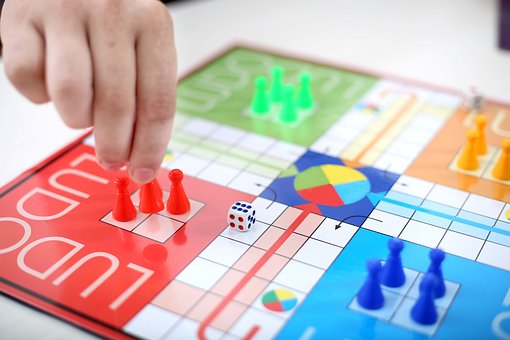In recent years, the act of coloring has transcended its traditional role as a simple pastime for children, emerging as a powerful tool in promoting mental well-being. “The Psychological Benefits of Coloring: Beyond the Canvas” explores the therapeutic effects of this activity, highlighting how it can alleviate stress and anxiety, enhance mindfulness, and foster a serene state of mind for individuals of all ages, especially children.
This article delves into the science behind coloring’s calming effects and offers practical advice for integrating coloring into daily routines to nurture mental health.
Unveiling the Therapeutic Powers of Coloring
Coloring uniquely engages the mind, requiring focus and attention to detail while allowing free expression. This balance activates different areas of the brain, reducing the brain’s engagement in stress-related thoughts and lowering overall anxiety levels.
Studies have shown that coloring, particularly mandala coloring, can induce a meditative state, significantly reducing stress and improving mood.
Coloring as a Mindfulness Exercise
Mindfulness, the practice of being fully present and engaged at the moment, is a well-regarded technique for managing stress and anxiety. Coloring naturally embodies this principle, as it demands concentration on the task and encourages a detachment from external pressures and concerns.
For children, regular coloring sessions with their favorite characters, such as Bugs Bunny, can be an accessible introduction to mindfulness practices. These sessions can teach children how to calm their minds and focus their attention playfully and enjoyably.
Tips for Creating a Conducive Coloring Environment
Setting psychological benefits of coloring. To maximize the psychological benefits of coloring, here are some tips to enhance the coloring experience:
- Dedicate a Quiet Space: Choose a calm, comfortable spot free from distractions where children can immerse themselves in coloring.
- Make Materials Accessible: Keep a variety of coloring materials readily available, including crayons, markers, and coloring books or sheets that cater to different interests and skill levels.
- Establish a Routine: Set aside regular times for coloring to help children unwind and relax. This can be particularly beneficial after school or before bedtime.
- Encourage Expression: Let children choose what they want to color and how they want to color it, fostering a sense of autonomy and creative freedom.
- Join In: Coloring can be a communal activity. Adults can model mindfulness and stress relief by coloring with children, enhancing the bonding experience.
“The Psychological Benefits of Coloring: Beyond the Canvas” underscores coloring’s role as a simple yet profound tool for mental health. By offering an escape from the stresses of daily life and a pathway to mindfulness, coloring provides a source of comfort and calm that is as beneficial for children as it is for adults.
As we continue to recognize and embrace these therapeutic benefits, coloring stands out not just as an art activity but as a vital component of a holistic approach to well-being.





